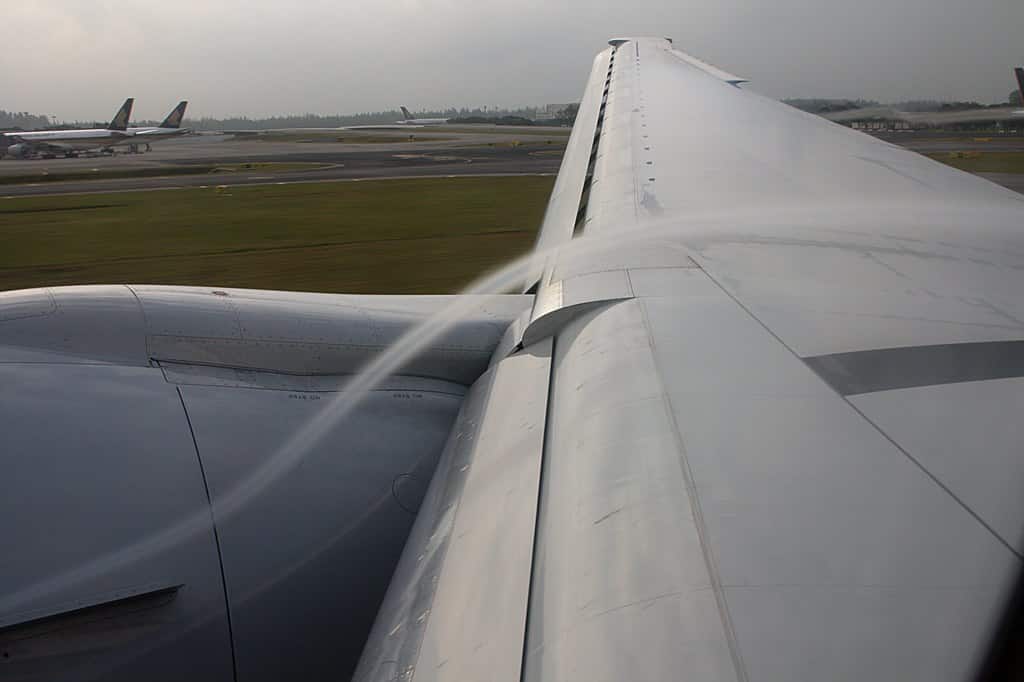ANSYS
Flow analysis over 3d airfoil wing using ANSYS WORKBENCH
Gurudutt

An airfoil-shaped body moving through a fluid produces an aerodynamic force. Some important constraints to describe an airfoil's shape are its camber and its thickness.
Read more..
 Looking to build projects on ANSYS?:
Looking to build projects on ANSYS?:
ANSYS Kit will be shipped to you and you can learn and build using tutorials. You can start for free today!
ANSYS Workbench is a software environment for the execution of structural, thermal, and electromagnetic analyses. Focuses on geometry creation and optimization, attaching existing geometry, setting up the finite element model, resolving, and revising results. This software contains the widespread, physical modeling capabilities needed to model flow, turbulence, heat transmission and reactions for industrial applications.
Procedure:
- Run ANSYS WORKBENCH.
- Go to fluid flow(fluent)
- In the tree, outline select XY Plane.
- Import the airfoil
- Go to tools- select enclosure
- Select cushion as uniform in the tree view
- Select 2 parts in the tree view and rename the 2 solid as Airfoil and Surrounding flow channel respectively.
- Go to the concept- select create option – select Boolean and apply
- Go to dimensions- Give the required dimensions for inlet, outlet.
- Go to the concept- Select the surface.
- In the tree outline-Select surface in the XY plane.
- Go to base objects and apply the surface selected.
- Generate the Boolean-Geometry is created
- Now go to mesh setup
Latest projects on ANSYS
Want to develop practical skills on ANSYS? Checkout our latest projects and start learning for free
- Go to the mesh option.
- Right-click on mesh option- select insert-sizing.
- In the detail of sizing select geometry and apply after selecting all the 4 sides.
- Give a number of divisions as 100 and generate the mesh.
- In-tree page- Select solver as Pressure based.
- Select velocity formulation as Absolute.
- Select time- Steady.
- Select 2D space- Axisymmetric (only for 0degree).
- Click on the model- Select viscous as K epsilon (2 eq) & press done.
- Click on materials-Select Air as fluid and Aluminium as solid.
- Click on cell zone conditions- Select operating conditions and see that operating pressure is 101325Pa.
- Click on boundary conditions-Select inlet-velocity inlet- 100m/s.
- Select outlet- outlet pressure (gauge pressure as 0 itself) and press done.
- Click on reference value- Compute from the inlet.
- Click on initialization- Select standard initialization and compute from the inlet and initialize.
- Click on run calculation and calculate for 1000 iterations (till when the curve converges) and calculate.
- Go to results- Insert contour
- Go to geometry – For domain select all domains.
- For location select periodic 1.
- For variable select Velocity.
- For Range select global and apply.
- Result is displayed.
- Go to Function calculator- In function select MassflowAve.
- For location select outlet and calculate.
- Now to calculate pressure, mass flow average of pressure on the outlet, velocity, force- Go to function and select respective functions.
 Did you know
Did you know
Skyfi Labs helps students learn practical skills by building real-world projects.
You can enrol with friends and receive kits at your doorstep
You can learn from experts, build working projects, showcase skills to the world and grab the best jobs.
Get started today!
Kit required to develop Flow analysis over 3d airfoil wing using ANSYS WORKBENCH:
Technologies you will learn by working on Flow analysis over 3d airfoil wing using ANSYS WORKBENCH:
Flow analysis over 3d airfoil wing using ANSYS WORKBENCH
Skyfi Labs
•
Published:
2019-08-19 •
Last Updated:
2021-06-14
 Looking to build projects on ANSYS?:
Looking to build projects on ANSYS?:
 Did you know
Did you know